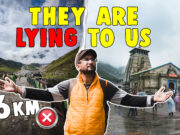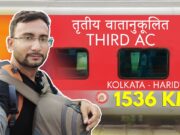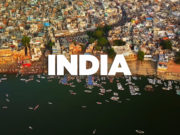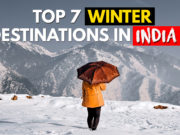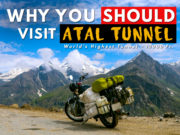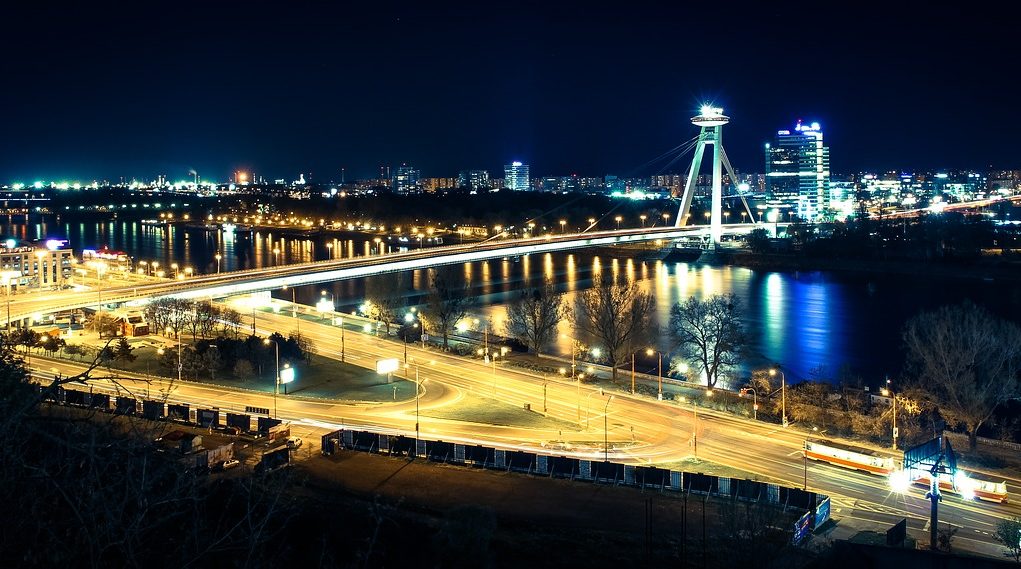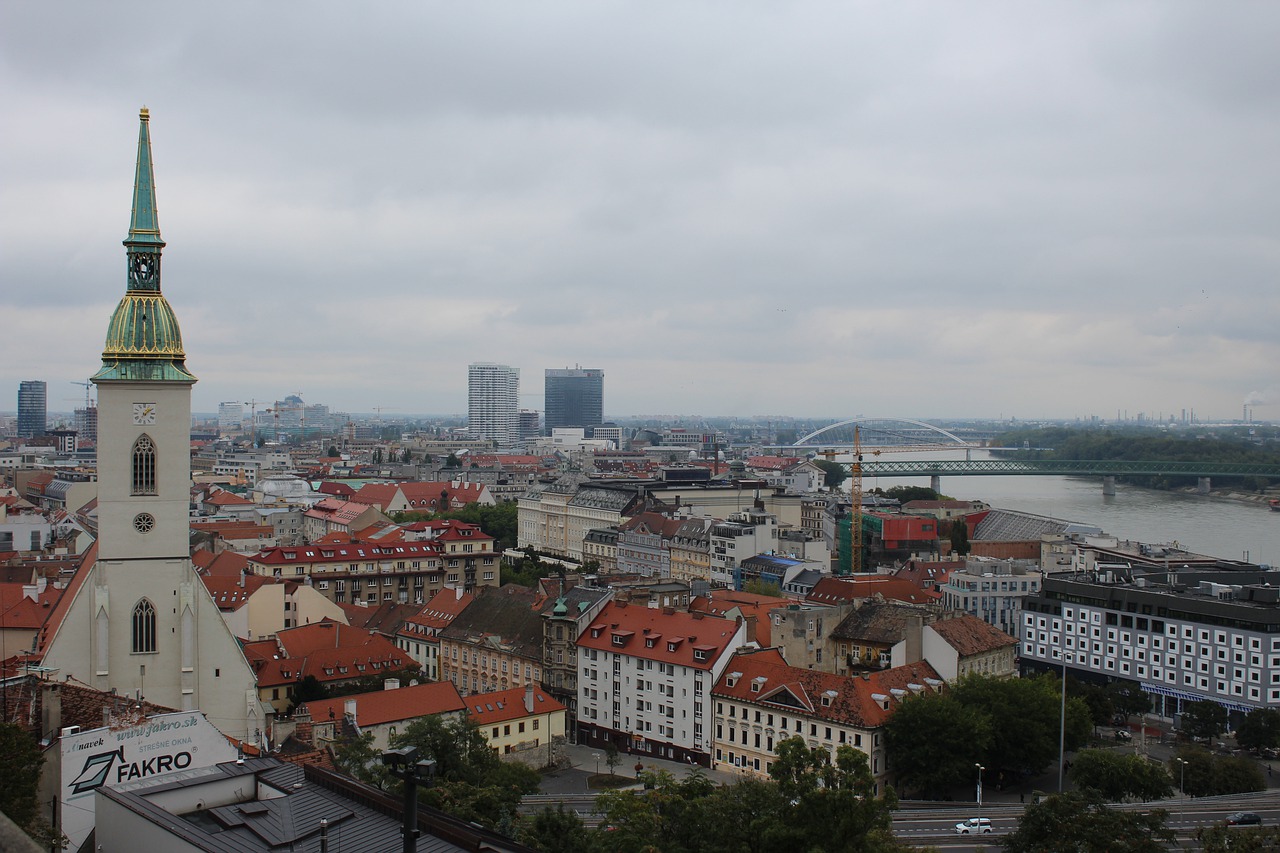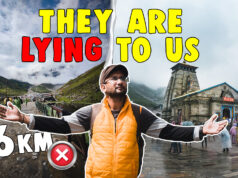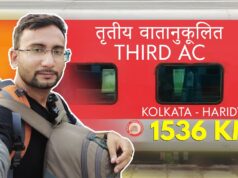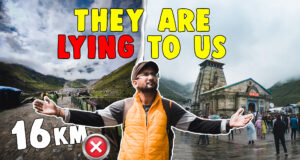It has been a totally mind blowing experience these last 6 months. Before travelling the Eastern Europe, I never thought nature, people and everyday life could differ so much within one region, not even talking about architecture and the art of hearty local cuisines!
Full of excitement and – I must admit – also missing the small talk and pubs to watch soccer in, I am leaving Eastern Europe for other travel adventures. However, there were happy times and there were struggles balancing the equation. I will share some points today for you to keep in mind when you travel to Eastern Europe. From basics as food and accommodation to cultural politeness and etiquette, here you go.
Better to be ready than sorry.
Get around
First of all, the travelling. The transportation. Trains, busses, planes, even ships. You name it.
If you are used to integrated rail traffic, forget to find it in Eastern Europe. The transportation network are extremely fragmented, with each transport company operating in different country and offering diametrically different pricing. The best way to get around? Read on.
I was buying Europass while in Western Europe and starting from there. Crossing Adriatic Sea with its bright blue waters and arriving to Croatia, the Europass did find its use at first. In Croatia, Slovenia, Romania, Bulgaria, Hungary, the pass works very well. The lack of shine of the trains was the only difference from Western trains.
However, when travelling further from Balkans to North, the Europass was useless. The transportation network appears to be segmented, and trains are often more expensive than busses and at times even planes.
What then?
As it proved throughout my travel, transportation is cheap. Adding up all the tickets, it does not exceed the amount I would be willing to pay for Europass. Oftentimes, the bus is not only the cheapest, but also the most mobile option, allowing to get to rural areas without any problems. The international rides were the most convenient for Northern Eastern Europe, and starting from Poland I only travelled by bus.
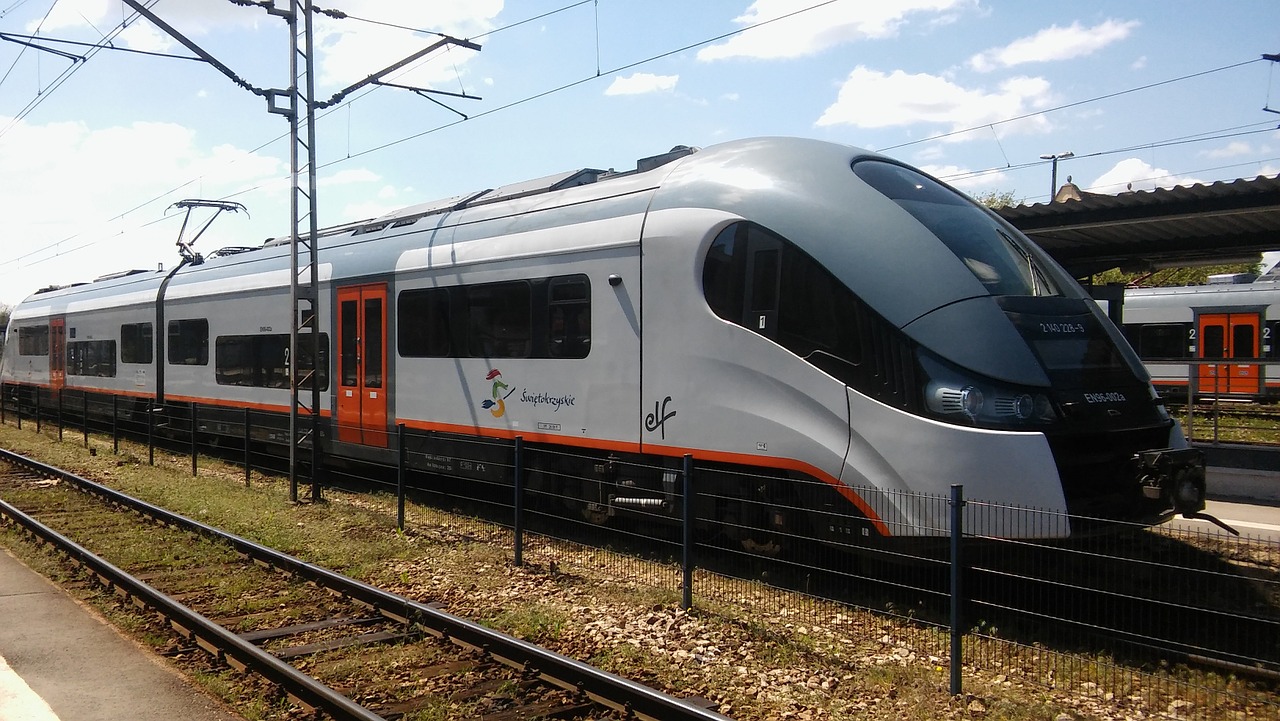 There are several less expensive airlines, like WizzAir (Hungarian) and RynAir that connects well and offer better service than busses. You know, 10 hour Sunday ride with students going to their university town is no fun (Riga – St Petersburg. Ughh!)
There are several less expensive airlines, like WizzAir (Hungarian) and RynAir that connects well and offer better service than busses. You know, 10 hour Sunday ride with students going to their university town is no fun (Riga – St Petersburg. Ughh!)
Also, you should keep in mind the tickets are often sold only offline, so better be at the station a minute earlier. And do not rely on credit card (especially foreign) payments, have some cash on hand. Even more so in rural and less touristy areas, where English may not be spoken at all and ATMs are never heard of.
Regarding alternative transportation and ride sharing, the picture is not so nice. If you are used on Uber, go for it! You may be more lucky in larger cities than me, but never expect it to work in small ones. Let me warn you, I was waiting for the Uber driver to pick me up for 2 hours! So be prepared and never use it when you have to be somewhere on time.
Ride sharing is not very popular as well, and definitely not reliable when travelling Eastern Europe. Just do not wait for a ride for days like I did.
To plan my route, I used Rome2Rio.com and GoEuro.com. Both sites offer all the information you need, really. No need to study national timetables on various companies’ sites.
The money talk
Europe is equal to EUR, right? Not quite so, especially the Eastern Europe. Be ready to adapt to currencies and always check the rates before arriving to value exchange offices. Currently only Latvia, Estonia, Lithuania, Slovakia and Slovenia have euros as their national currency.
From Polish zloty to Hungarian forint, you will need to adapt. The good thing? It is easy to be a millionaire!
If you are a world traveler and super tech savvy as I am, you may want to use crypto currencies. Not easy, again. To bring an example, Budapest (a city with 2 million citizens) has only 2 Bitcoin ATMs, from which only one was actually working. So do not rely on crypto, it can prove to be illiquid.
Culture – be real
Having a full proficiency in small talk and throwing polite phrases here and there when talking, I found it quite difficult to connect with locals.
First, the obvious. Language barriers. Not a one person I met spoke French or Spanish. Might have been a bad luck, of course, but could happen to you as well. English will serve you much better, and if you want to feel totally safe, German and Russian will ensure you get by in any situation.
However, I would still recommend you to download application with automatic picture translator. It did not occur to me this time, but I have bought dental glue in place of toothpaste. Flavour and glued teeth? Never to fall in the trap again! Plus, if you go to Macedonia or Russia, chances are you won’t understand a word. It is like a Chinese for us Westerners.
Apart from language, Eastern Europe is easy to get by. With one rule though – be real. Less crucial in South and more in North, but true connection requires honesty and not just small talk. People want to see your real self, and although I do not recommend to open the closet with skeletons, being straightforward is a must. Remember to say as you mean it, or expect to be responded in such a way. Just asking a blonde Estonian “How are you?” to get to know each other, you will get a heartfelt answer with all the details about her day. Talk from experience. Be prepared to listen then.
Food – enjoy restaurants
As a digital nomad, my fuel when travelling and in hurry is usually street food. I love markets! However, the winter season in eastern Europe showed its tradition for real, home made food. Aside from hearty Christmas market street food (sauerkraut is a thing!) accompanied with mulled wine, the restaurant scene surprised me with great variety and affordability. And lack of vegan meals. It must be pointed out – if you are vegan, there may be cities where you can have only salad if opting for eating out.
Accommodation – get yours early
Lastly, accommodation was not an issue for short term stays, booking.com works well as always. However, if you are to stay at one city for a month, I would advise you to book AirBnb. Not always being the best option concerning the price range, it is definitely the safest one, especially if the city does not have good enough infrastructure for digital nomads. Here I want to point out that in Eastern Europe the remote work scene is only emerging, and co-working spaces are rare, so mind that when booking a shared room. If you prefer to work outside the house, many university libraries are free to use, the internet connections are reliable and the entrance is free. Coffee shops are good places, but mind the internet. Not always good, or even existing, just warning.
Hotels are a rather good option as well, and I was even welcomed by a cozy hotel at Riga’s Old Town, where I could consult the management on online marketing in exchange of lovely stay there. Hotel Neiburgs was centered just in the heart of the city, and its calm atmosphere allowed for productive work sessions.
Decided? Go for it!
Overall, Eastern Europe allows for extended travel and offers greater quality of life. It is perfectly suited if you are just starting out your nomadic career, as the region has a good infrastructure (internet, accomodation, language, national transportation networks) emerging and the cost of living is low.
Have no fears, the image of horse-driven carriage as transportation appeared true only once during my travels, and only in far countryside. The modern Eastern Europe offers all you need, just come prepared and allow the diversity excite you.


